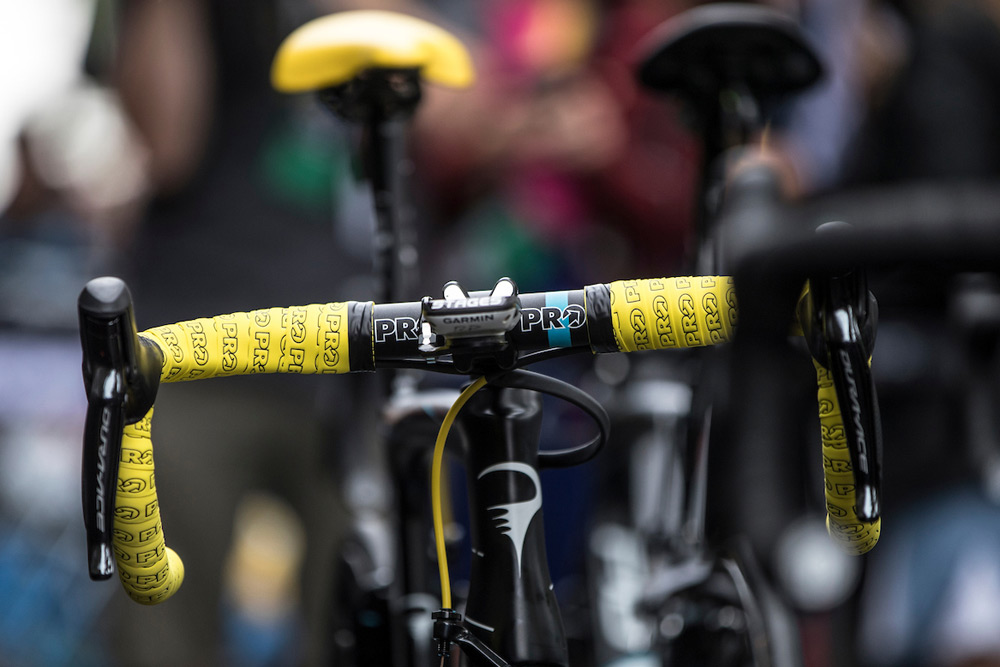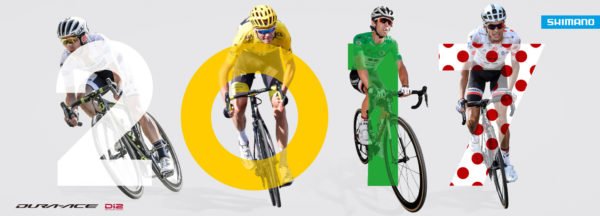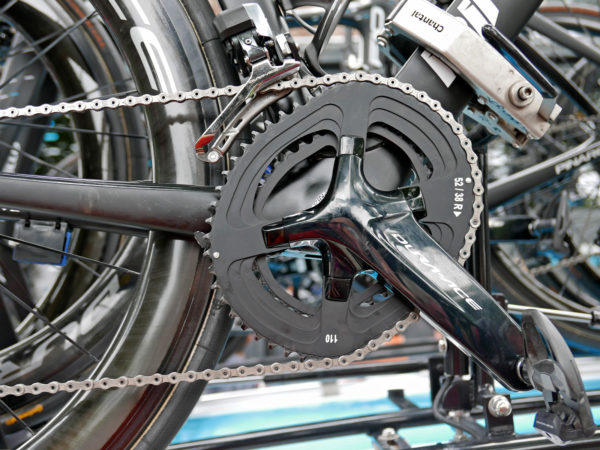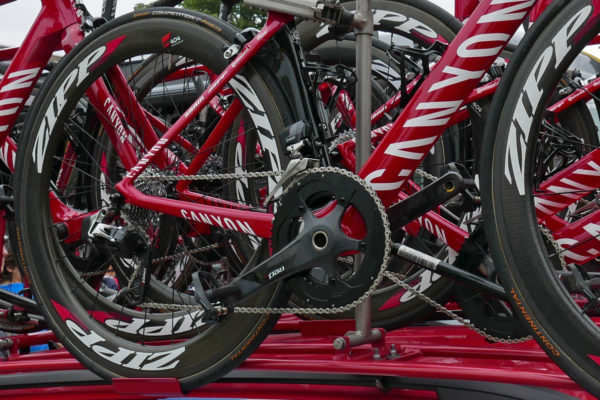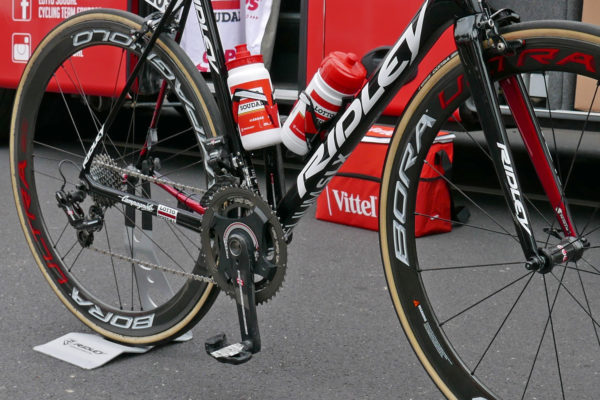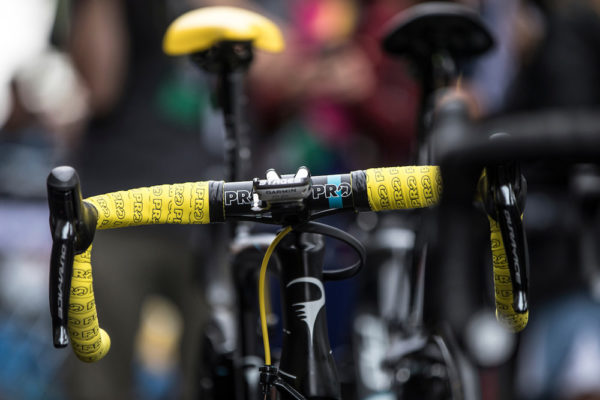
One groupset winning a race over another isn’t really something that we take notice of too often, and certainly doesn’t justify much editorial time here. It isn’t just to be fair to one brand or another, but the top road groupsets being raced from Campagnolo, Shimano & SRAM truly are each excellent performance wise. But when we look at the Tour de France – the premier road race in the world – and see the winners of each of the four final classifications plus every one of the 21 individual stage victories, every one of those wins was taken on the Shimano Dura-Ace Di2 group, it’s hard to not reflect. It wasn’t like Shimano was the only show in town at the start line either. Sure a lot of teams rode Shimano, but we spotted Campy & SRAM groups too. But even those on Shimano weren’t always on complete versions of the newest R9100 series groupsets…
Shimano is calling it a Tour de France clean sweep, and as much as that sounds like bragging, it’s hard to argue with.
The race opened with Team Sky’s Geraint Thomas racing the time trial on a Pinarello with a R9150 Shimano Dura-Ace Di2 TT setup in Dusseldorf, and ran al the way through to the last stage sprint in Paris taken by LottoNL-Jumbo’s Dylan Groenewegen on a R9150 equipped Bianchi. Every win in between was also taken on Di2. Then to round out the final classifications – overall winner Chris Froome rode a R9150 group on his Sky Pinarellos, young rider Simon Yates R9150 on his Orica Scott, and green jersey sprint winner Michael Matthews & polka dotted best climber Warren Barguil both on R9150 Giants from their Team Sunweb. Matthews even rode early stages on a disc brake R9170 equipped Giant Propel Disc prototype.
Shimano Dura-Ace Di2
Interesting to note though, even through Di2 domination many of the individual winners, didn’t race on totally complete Dura-Ace groupsets. Froome famously runs his own preferred Osymetric non-round chainrings to smooth out his pedal stroke as well as the glue-on Stages power meter instead of the new R9100 integrated power meter. Otherwise the Shimano sponsored Tour winner rode Dura-Ace kit from drivetrain to brakes, even including D-A wheels, pedals, and Pro integrated bar/stem & bartape. Groenewegen also took his win on a different power meter, using the older 9000 series crankset paired with sponsor Pioneer’s power meter. Marcel Kittel won the most stages of the Tour on his completely Shimano Dura-Ace Di2 R9170 disc brake Specialized Venge, although with a 4iiii power meter.
Out of the 22 teams racing le Tour, just eight are actually sponsored by Shimano to race on Di2 – FDJ, Trek-Segafredo, LottoNL-Jumbo, Sunweb, Orica-Scott, BMC, Bora-Hansgrohe & Sky. They alone account for 11 of the stage wins (including stages 13-18 in the mountains) and all of the final classifications. The other 10 stage wins come from the nine teams that buy their own Di2 kit, often mixing it with components like cranksets, power meters & wheels from other component sponsors. It seems many buy Shimano just because of a history of many of the current crop of pros having raced on Di2 for years, but of course also due to its continued proven performance.
SRAM Red eTap
From our count, the only World Tour team riding a SRAM groupset is Katusha. Their Red eTap equipped Canyons have been winning races this spring and summer. They just couldn’t pull it off this July in France. SRAM also outfit Team Fortuneo-Oscaro who race on Look bikes and cranks. We’ve seen a lot more of SRAM represented in the women’s pro peloton, and on North American teams, but SRAM has yet to woo many of the top European men’s pro teams.
Campagnolo Super Record EPS
Campagnolo was a bit better represented. We spotted Super Record EPS at least on the Ridleys of Lotto Soudal, the Canyons of Movistar, and the Colnagos of UAE. None of the three teams were able to pull out a win at the Tour, but Campy as a brand seems to have been able to leverage their years of racing heritage to hold a solid place in the pro peloton.
With the ever imminent adoption of disc brakes in the pro peloton, we’ll be curious to see if that shake up leads to any changes in which groupsets are found in the peloton. Shimano has surely built an empire on Di2, and with five stage wins on their disc brake groupset at the Tour that might continue. But SRAM has made pretty good impressions with their eTap Hydro HRD disc brake group, and from out own rides on the Campagnolo Disc Brake project it looks to be able to match or even outperform the other two as well.
